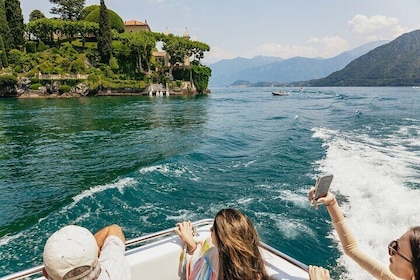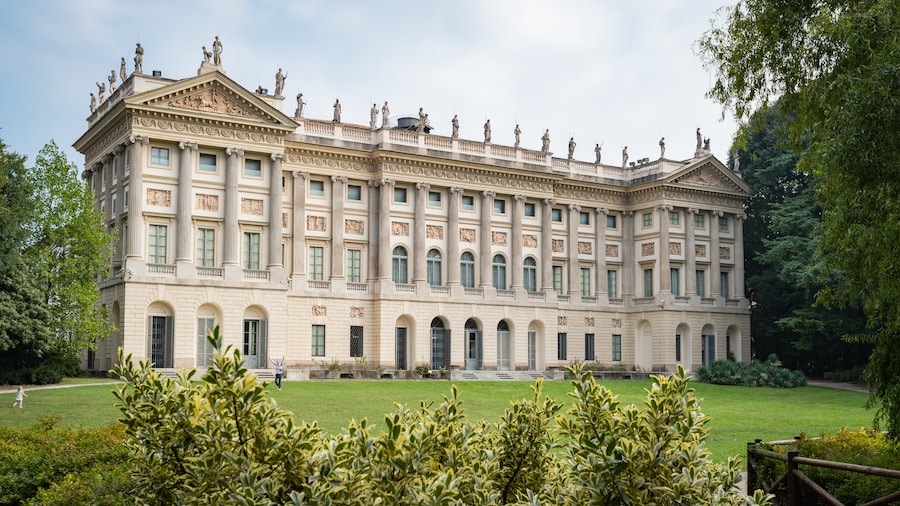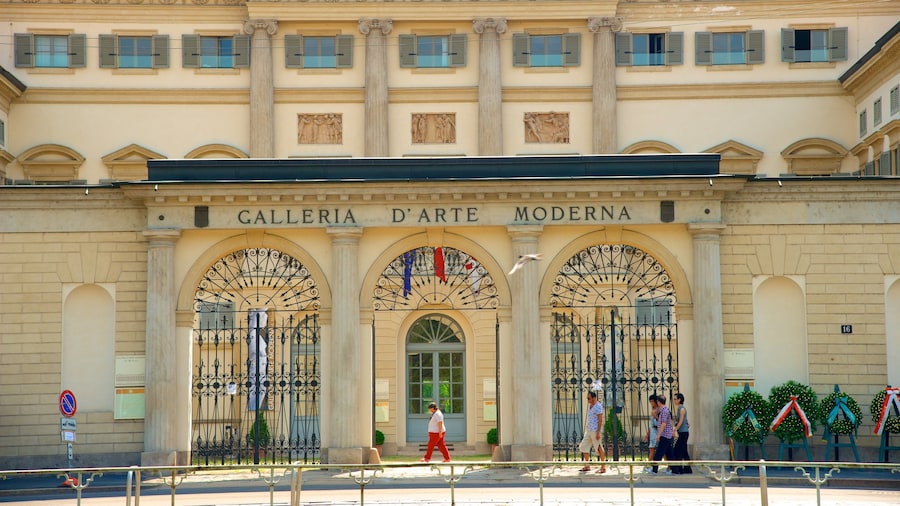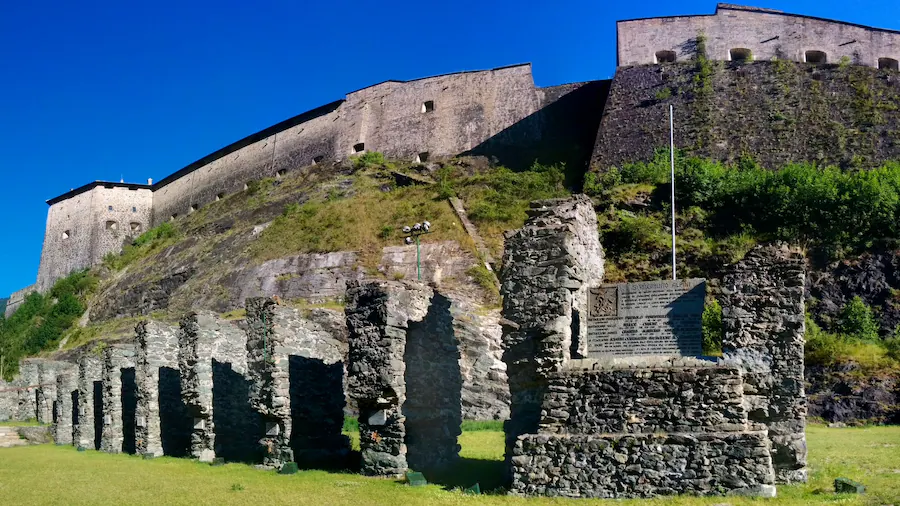Learn about dinosaurs, rocks and Japanese spider crabs at one of the most important natural history museums in Europe. The Natural History Museum of Milan (Museo Civico di Storia Naturale di Milano) covers everything from palaeontology and mineralogy to humanity, vertebrates and invertebrates. The extensive collection is housed over 23 rooms in a classic 19th-century Italian-style building. Exhibitions here will appeal to children, science buffs and even architecture lovers, thanks to the variety of displays and the grand surrounds of the building itself.
The Museo Civico di Storia Naturale di Milan dates back to 1838, a year after famous naturalist Giuseppe de Crisforis died and left his collection to the city. A central aspect of the museum today is that its exhibits are accessible to any age and academic level, from children to adults. Read engaging information about each exhibit in English and Italian, or pick up a guide for more detailed explanations.
Start at the palaeontology collection, as this is a highlight of the museum. Walk among enormous dinosaur skeletons. Learn about the different species and how they lived. Spot stegosaurus, plateosaurus and the infamous Tyrannosaurus rex. Study the skeletons of two pygmy elephants that were uncovered in Sicily, off the coast of Italy.
Two preserved Japanese spider crabs housed in the zoology collection are a crowd favourite. The huge spiders can grow up to 3.8 metres (12.5 feet) long, and the male and female specimens here are impressive. See a giant clam and a 12-metre (40-foot) sperm whale. The second floor of the museum has the taxidermy collection, which features animals from all over Europe.
The Natural History Museum lies in the grounds of the Giardini Pubblici Indro Montanelli, a large public garden in central Milan. Catch a metro to the museum or drive and pay to park in nearby streets. The museum is closed on Mondays and some public holidays. Check the website for opening hours. There’s a fee for admission.


































































